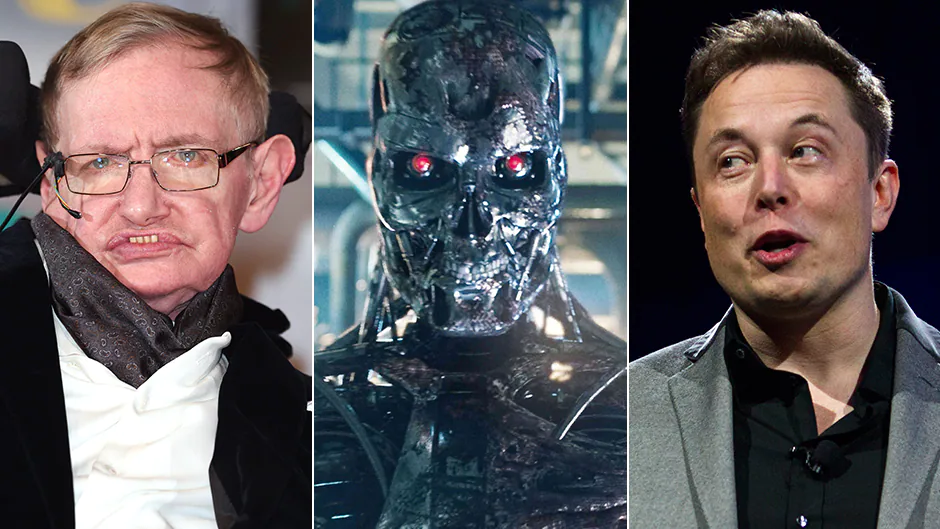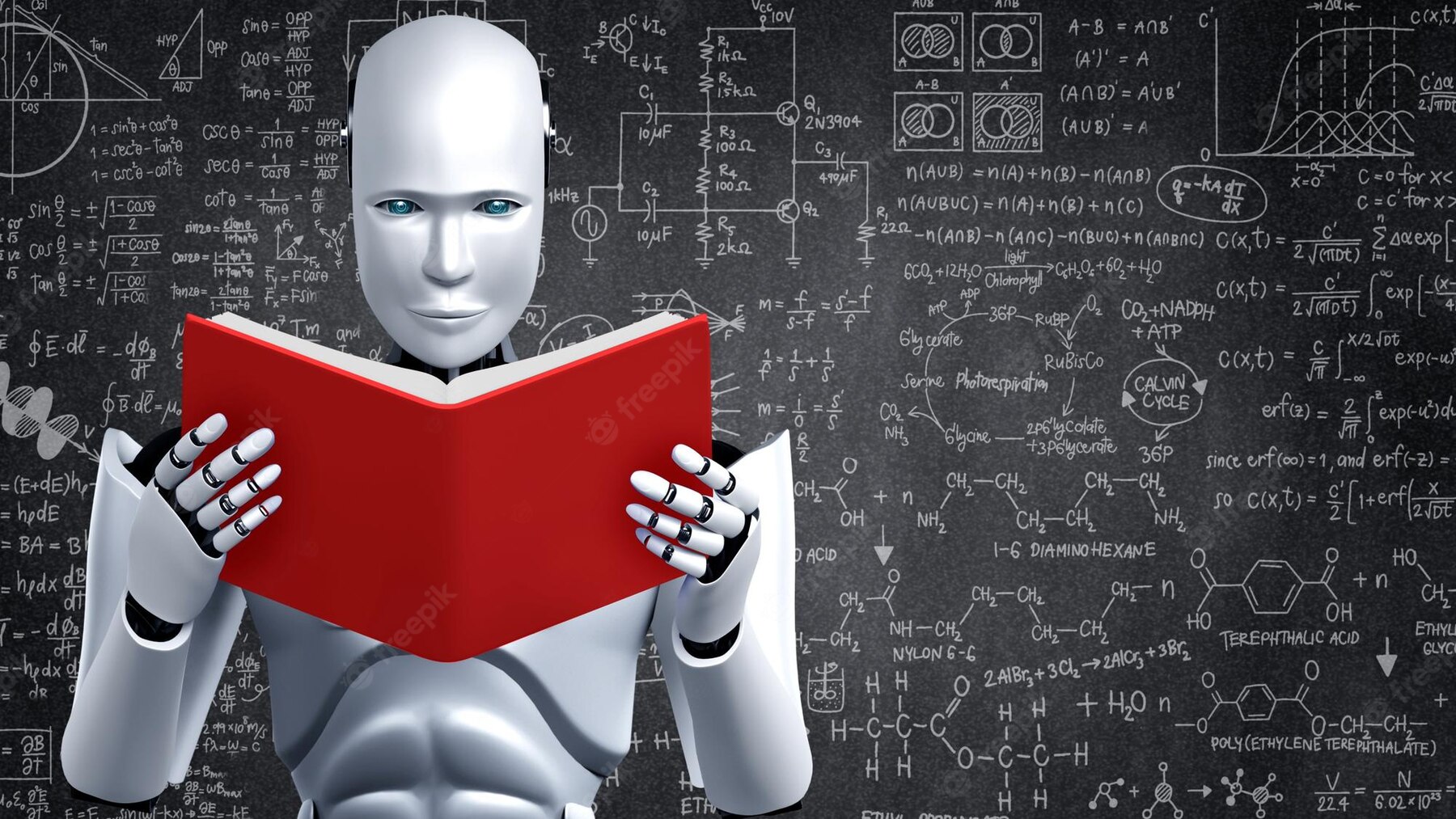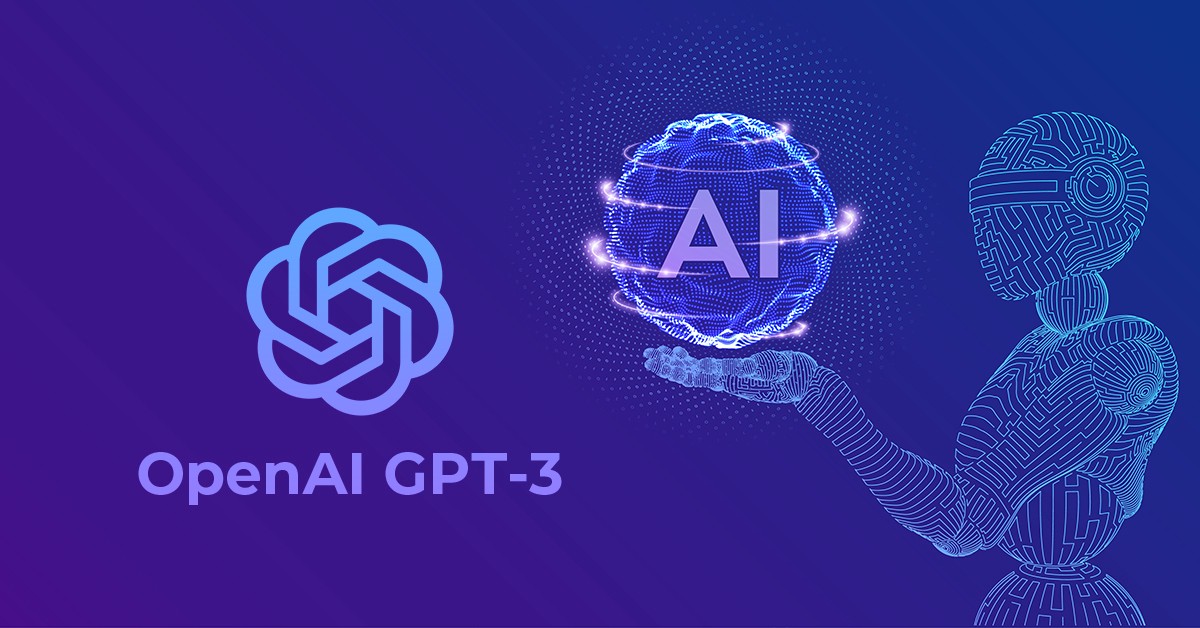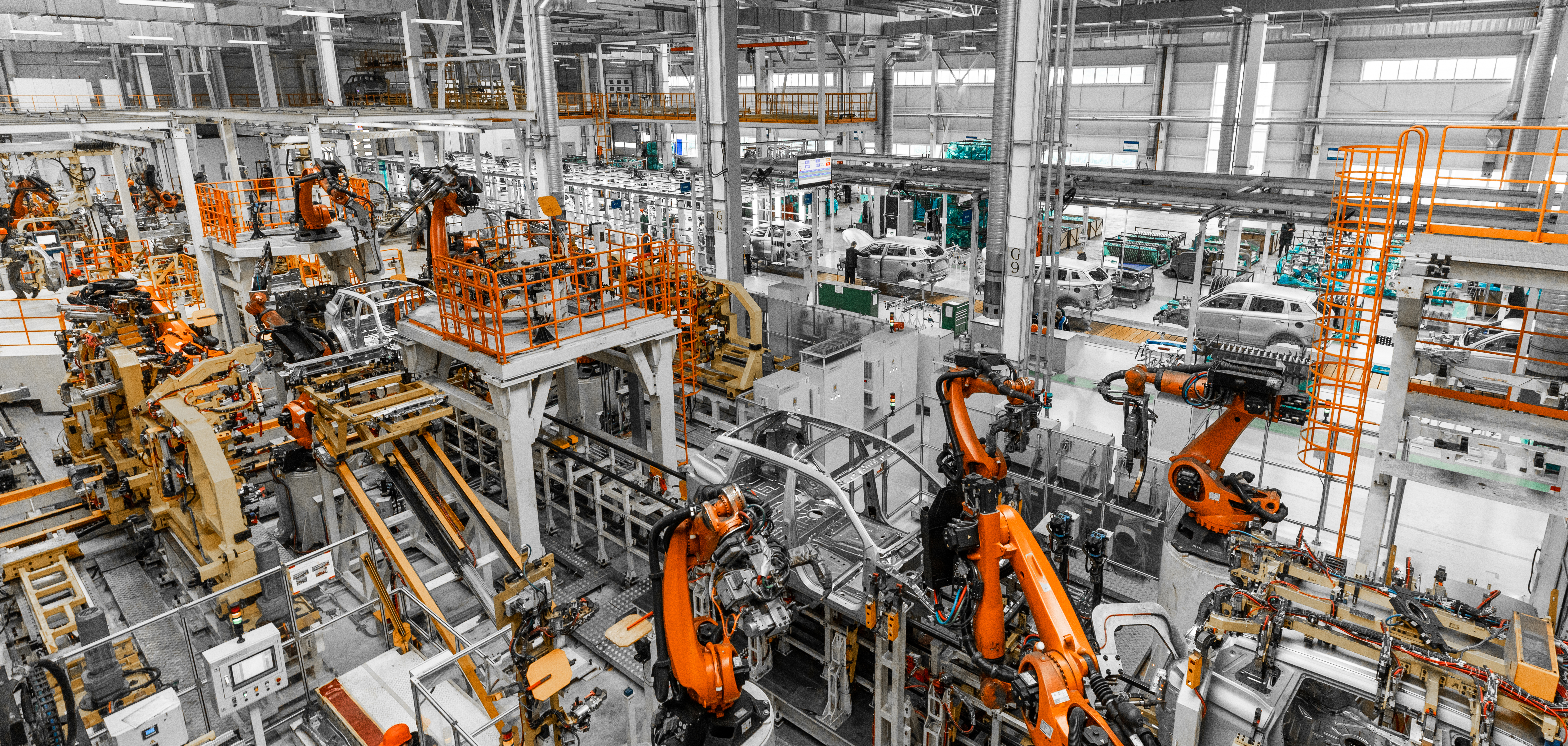Does Artificial Intelligence really constitute a risk to the existence of human civilization like stated by Stephen Hawking? If so, in which sense? Elon Musk, the founder and CEO of Tesla, SpaceX and NeuralLink also joins the renowned physicist in his pessimistic predictions of the future of AI. Musk’s concerns about AI stem from the belief that as AI becomes more advanced, it may be able to surpass human intelligence and potentially pose a threat to humanity. He has argued that AI could be used to develop autonomous weapons or could be used to exploit and manipulate people, and he has called for the development of AI to be guided by ethical principles.

This blog post tries to give an overview about AI, its types, history, recent breakthroughs and its future.
Artificial intelligence (AI) is a field of computer science and engineering focused on the creation of intelligent agents, which are systems that can reason, learn, and act independently. The ultimate goal of AI is to build computers that can perform tasks that would normally require human intelligence, such as learning, problem-solving, decision-making, and natural language processing.
AI is achieved through the use of algorithms, which are sets of instructions that a computer can follow to perform a specific task. There are many different types of algorithms used in AI, including decision trees, neural networks, and Markov decision processes.
AI systems can be classified into two categories: narrow or weak AI and general or strong AI. Narrow AI is designed to perform a specific task, such as recognizing speech or driving a car. These systems are trained on a specific set of data and are not designed to be capable of adapting to new tasks or environments. In contrast, strong AI is designed to be capable of performing any intellectual task that a human can. This type of AI is often referred to as artificial general intelligence.
AI has the potential to revolutionize many fields, including healthcare, education, transportation, and manufacturing. However, the development and deployment of AI also raises a number of ethical and societal concerns, including issues related to bias, privacy, and the potential impact on employment.
Brief history of AI
The concept of artificial intelligence (AI) has been around for centuries, with roots dating back to ancient Greek mythology and the legend of Pygmalion, a sculptor who created a statue that was so lifelike it came to life. However, it was not until the mid-20th century that the field of AI began to take shape.
One of the earliest milestones in the history of AI was the creation of the first digital computer, the Electronic Numerical Integrator And Computer (ENIAC), in the 1940s. This marked the beginning of the use of computers to perform tasks that had previously been done by humans.
In the 1950s, the field of AI was officially founded at a conference at Dartmouth College, where researchers discussed the possibility of creating machines that could think and learn. In the following years, AI research focused on the development of expert systems, which were designed to mimic the decision-making abilities of a human expert in a specific domain.
In the 1980s and 1990s, AI experienced a resurgence of interest, known as the AI winter, due to the development of machine learning algorithms and the increase in computational power. This period also saw the emergence of expert systems, which were designed to mimic the decision-making abilities of a human expert in a specific domain.
In the 21st century, AI has made significant advancements, with the development of self-driving cars, machine learning algorithms, and natural language processing systems. Today, AI is used in a wide range of applications, including voice assistants, image and speech recognition, and data analysis.
Types of AI
There are two main categories of artificial intelligence (AI): narrow or weak AI and general or strong AI.
Narrow or weak AI is designed to perform a specific task, such as recognizing speech or playing a specific game. These systems are trained on a specific set of data and are not designed to be capable of adapting to new tasks or environments. Examples of narrow AI include Siri, Alexa, and self-driving cars. These systems are able to perform their specific tasks very well, but they are not able to perform tasks outside of their programming.
In contrast, strong AI, also known as artificial general intelligence, is designed to be capable of performing any intellectual task that a human can. This type of AI is able to learn and adapt to new situations, and it is not limited to a specific set of tasks. Strong AI is still in the realm of science fiction and has not yet been achieved.
One way to compare narrow and strong AI is to think of them as a hammer and a Swiss Army knife, respectively. A hammer is very good at one specific task (driving nails), but it is not capable of performing other tasks. A Swiss Army knife, on the other hand, has a variety of tools that can be used for different tasks, making it a more versatile and adaptable tool. Similarly, narrow AI is able to perform one specific task very well, while strong AI is able to adapt and learn to perform a variety of tasks.
Applications of AI
Artificial intelligence (AI) has the potential to revolutionize many fields and has already begun to be used in a variety of applications.
Voice assistants
Virtual assistants such as Apple’s Siri, Amazon’s Alexa, and Google Assistant use natural language processing to understand and respond to voice commands. Self-driving cars: AI is used to enable vehicles to navigate roads and make decisions in real-time. Read more about voice assistance

Image and speech recognition
AI is used to analyze images and audio recordings to identify objects, people, and spoken words.
Fraud detection
AI is used to analyze financial transactions and detect patterns that may indicate fraudulent activity.

Data analysis
AI is used to analyze large datasets and extract insights and trends that would be difficult for a human to discern.
Potential future applications of AI
Healthcare
AI could be used to analyze medical data and assist with diagnoses, as well as to monitor patient vital signs and alert healthcare providers to potential issues. AI could also be used to develop personalized treatment plans and to assist with surgery.

Education
AI could be used to create personalized learning experiences for students, adapting to their individual needs and abilities. AI could also be used to grade assignments and provide feedback to students.

Transportation
AI could be used to optimize traffic flow in cities and to develop fully autonomous vehicles.
Manufacturing
AI could be used to improve efficiency and reduce costs in manufacturing processes, as well as to design and test new products.
Agriculture
AI could be used to optimize crop yields and improve the efficiency of farming operations.
Environment
AI could be used to monitor the environment and track changes over time, as well as to predict and prevent natural disasters.
Advancements in AI
AlphaGo
In 2016, a machine learning algorithm called AlphaGo developed by Google DeepMind defeated a human champion at the board game Go, which is considered to be one of the most complex board games in the world.

GPT-3
GPT-3 (Generative Pre-trained Transformer 3) is a state-of-the-art natural language processing system developed by OpenAI. It can generate human-like text and perform a wide range of language tasks, including translation, summarization, and question answering.

Deepfake
Deepfake is a technique that uses AI to generate realistic synthetic media, such as video and audio, that can be used to manipulate or deceive.
Neural machine translation
AI has made significant advancements in the field of machine translation, with some systems achieving near-human levels of accuracy.
Implications of these advancements
The advancements in artificial intelligence (AI) have the potential to significantly impact various aspects of society, including the economy, employment, and the way we live our daily lives. Here are a few examples of the implications of these advancements:
Automation
As AI becomes more advanced, it is likely that it will be used to automate a variety of tasks, potentially leading to the displacement of some jobs.

Economic impact
AI has the potential to drive economic growth by increasing productivity and efficiency. However, it could also lead to income inequality if the benefits of AI are not evenly distributed.
Changes in the workforce
As AI is increasingly used in various industries, it is likely that the skills and knowledge required for certain jobs will shift. This could lead to the need for retraining and education for some workers.
Improved decision-making
AI can analyze large amounts of data and identify patterns and trends that may not be apparent to humans. This could lead to improved decision-making in a variety of fields, such as finance, healthcare, and marketing.
Improved quality of life
AI has the potential to improve our daily lives in a number of ways, such as through the development of assistive technologies for people with disabilities and the automation of tedious or dangerous tasks.
Ethical considerations
There are a number of ethical considerations related to artificial intelligence (AI) that are worth considering, including:
Bias in algorithms
AI systems can reflect the biases of the data they are trained on and the designers who create them. This can lead to unfair treatment of certain groups, such as minorities or marginalized communities.
Privacy
As AI systems become more prevalent, there is a potential for the collection and use of personal data to be abused.
Unemployment
The increasing use of AI has the potential to lead to the displacement of some jobs. It is important to consider how to address the potential impacts on employment and to ensure that the benefits of AI are fairly distributed.
Autonomy and agency
As AI systems become more advanced, there is a possibility that they may be able to make decisions and take actions without human oversight. This raises questions about accountability and responsibility.
Transparency
It is important for AI systems to be transparent in their decision-making processes to ensure that they are understandable and explainable.
How can we address these issues?
There are a number of ways to address the ethical considerations related to artificial intelligence (AI). Here are a few examples:
Responsible AI design
It is important to design AI systems with ethical considerations in mind. This can involve measures such as incorporating bias detection and mitigation tools, ensuring transparency in decision-making processes, and building in accountability and oversight mechanisms.
Regulation
Governments and other organizations can develop regulations and guidelines to ensure that AI is developed and used in a responsible manner.
Education and awareness
Increasing awareness and understanding of the ethical considerations related to AI can help to ensure that these issues are taken into account during the development and deployment of AI systems.
Stakeholder engagement
Engaging with stakeholders, including the public, industry, and academics, can help to ensure that the development and deployment of AI is done in a way that takes into account a wide range of perspectives and concerns.